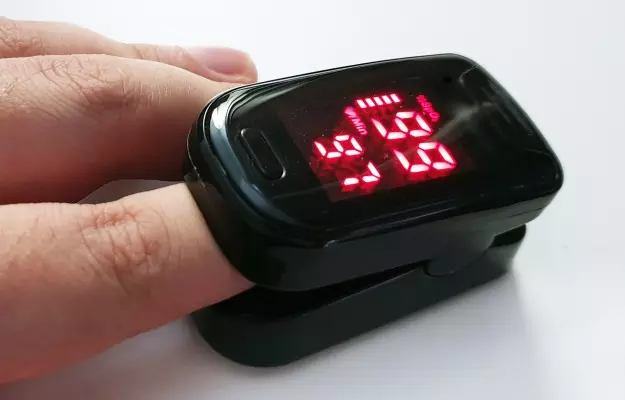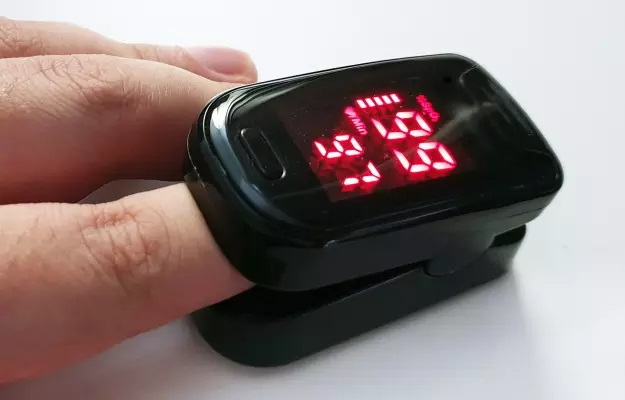Pulse oximeter is a simple device that uses infrared light to measure the amount of oxygen in your blood—it takes just seconds to do this.
More commonly used in hospitals, a pulse oximeter is simple enough to use at home—all you need to do is put the machine (it looks a bit like a stapler) on your index finger or big toe or ear lobe—whichever is convenient—and turn it on. It gives a reading in SpO2 which is the percentage of oxygen saturation in the blood. A reading below 95% means you should call your doctor.
Of late, many people have started buying pulse oximeters and with good reason. The COVID-19 outbreak has become associated with what is colloquially known as happy hypoxia or silent hypoxia. Simply put, happy hypoxia is a condition in which the patient does not exhibit any outward signs of low oxygen saturation until the blood oxygen levels drop significantly, at which point the patient may need emergency care. Having a pulse oximeter to periodically check blood oxygen levels could alert people if their oxygen levels start falling.
Conversely, getting a normal reading could also give them some peace of mind that they are not in any immediate danger. (That said, keep in mind that shortness of breath and hypoxia are severe symptoms of COVID-19. Milder symptoms of COVID-19 like fever, cough, fatigue and loss of sense of smell or taste should not be ignored, even if your oxygen saturation levels are okay.)
Read on to know all about pulse oximeters, including how they work and who needs them.
Read more: How to deal with the anxiety of living through a pandemic





























